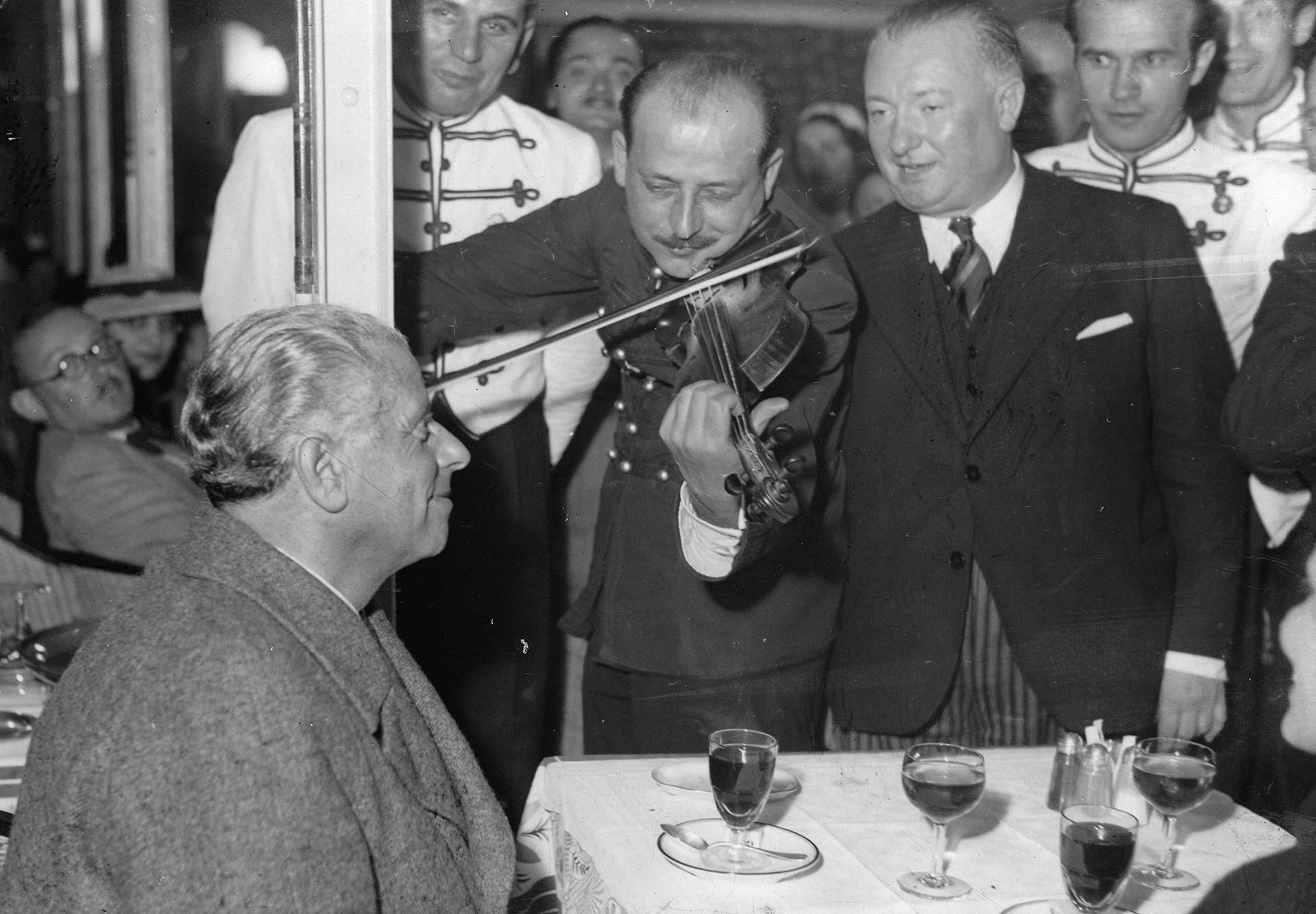
As part of the Didaktika project, the Museum designs educational areas and organizes activities to complement its exhibitions. Tools and resources are provided both in the galleries and online to increase viewers’ understanding and comprehension of the artists and works on display.

All the intellectuals mentioned in these sections frequented the gatherings at mythical cafes like the Universal, the Levante, the Pombo, and the Comercial in Madrid; the Espanol in Barcelona; the Boulevard, La Concordia, and the lruna in Bilbao; and the Alameda in Granada. However, the European city with the longest-standing tradition of cafe culture was Vienna, with the emblematic Landtmann, Central, and museum cafes. Another iconic meeting point in Europe in the mid-1920s was the Romanisches Cafe in Berlin. Cafes were symbols of modernity and cosmopolitanism, and prominent creators, thinkers, and politicians frequented them, such as Bertolt Brecht, Otto Dix, Albert Einstein, Sigmund Freud, Adolf Loos, and Leon Trotsky, as well as Marlene Dietrich, Hannah Hoch, Josephine Baker, Valeska Gert and Billy Wilder years later. The Nazi Minister of Propaganda Joseph Goebbels said: “The Bolshevik Jews are seated in the Romanisches Cafe right now, weaving their sinister revolutionary plots; at night they invade the entertainment spots on the Kurfurstendamm, they start dancing to the Black orchestras, and laugh at the miseries of our period.“ In 1933, that cafe was attacked, ushering in its decline. Which is your favorite cafe or meeting point? And why?
Austrian director Max Reinhardt at the Hungarian pavilion of the World Exhibition, Paris. July, 1937. Photo: L Magno. Getty Images.
